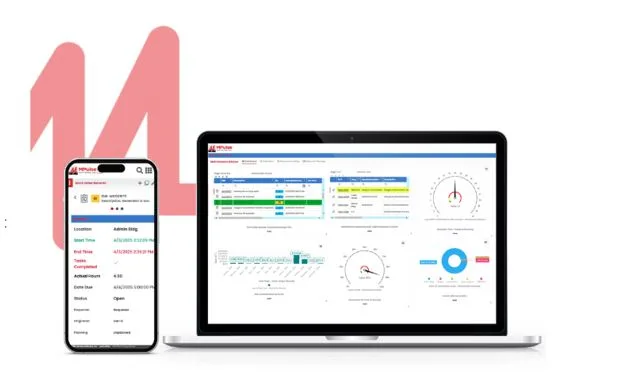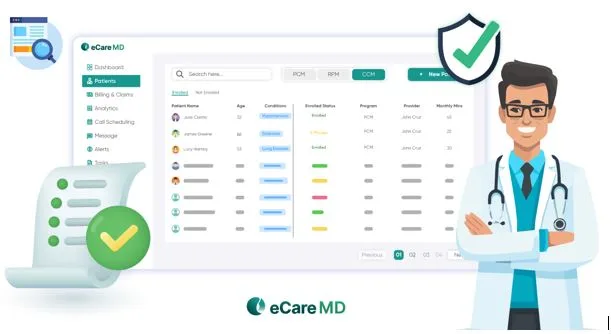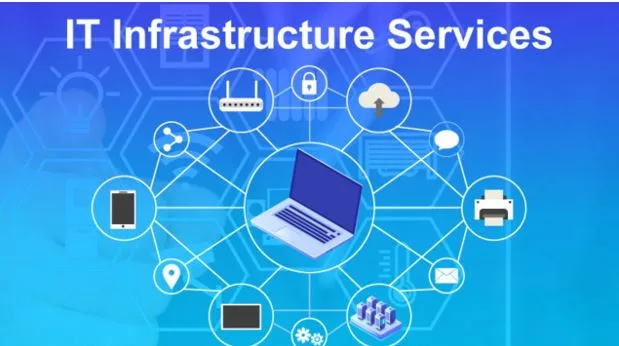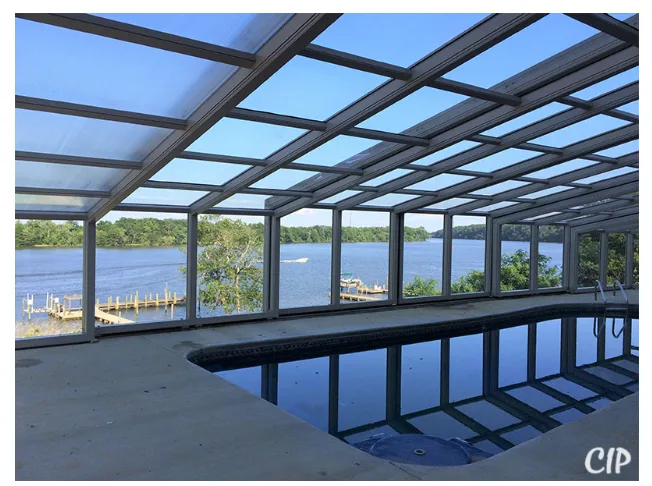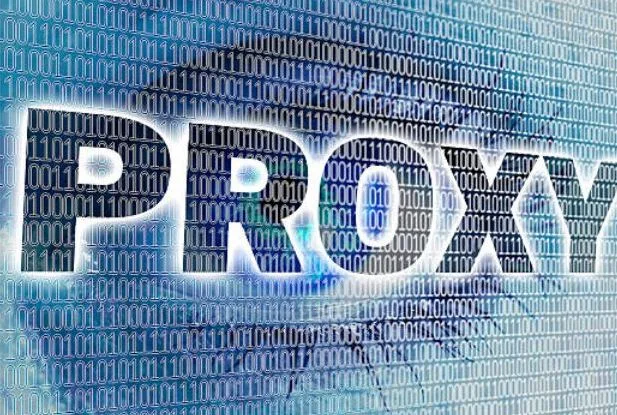Improve Facility Maintenance to Save Time and Money
Knowing what facility maintenance means and why it matters is essential for anyone who owns, manages, or operates a building. Facility maintenance includes all the regular tasks and preventive measures needed to keep a building’s systems (e.g., heating, ventilation, air conditioning, plumbing, electrical systems, lighting, and elevators) running efficiently and safely.
When these tasks are neglected, small issues can quickly escalate into costly repairs, operational downtime, or safety hazards. To keep everything running smoothly and extend the lifespan of your equipment, improve your building maintenance by creating a structured maintenance schedule, conducting regular inspections, training maintenance staff, and using tools like CMMS software to track work orders.
By taking a proactive approach to facility maintenance, organizations can save time, reduce costs, and maintain a safe, productive environment for occupants.
What is Facility Maintenance
Facility maintenance refers to the ongoing process of keeping buildings, equipment, and infrastructure in optimal working condition. It encompasses a wide range of activities, including preventive maintenance, routine inspections, timely repairs, and comprehensive asset management. The goal of facility maintenance is not only to ensure that all systems function efficiently but also to maintain a safe environment for occupants, comply with regulatory standards, and control operating costs.
Effective facility maintenance involves monitoring the condition of mechanical, electrical, and structural systems, identifying potential issues before they become serious problems, and implementing solutions quickly. This proactive approach helps extend the life of equipment, reduce downtime, improve energy efficiency, and protect the organization’s investment in its facilities.
Why Building Maintenance Matters
Effective facility maintenance directly influences operational efficiency, safety, and cost savings. Poor maintenance practices can disrupt business operations, cause equipment failure, and create safety risks such as electrical hazards or water damage.
Best Practices for Proactive Building Maintenance
A proactive building maintenance program minimizes risk and maximizes performance. To achieve this, organizations should:
- Develop and adhere to a structured preventive maintenance schedule.
- Maintain detailed maintenance records using CMMS software.
- Perform regular inspections to identify potential issues early.
- Train maintenance personnel on best practices and system operation.
- Communicate clearly across teams and departments.
By integrating these practices, you can transform facility maintenance from a reactive chore into a strategic advantage that protects assets, lowers costs, and enhances building performance.
Facility Maintenance Best Practices
By integrating building maintenance best practices and leveraging tools such as CMMS software, organizations can streamline operations, prioritize resources, and maintain a high-performing, safe, and reliable facility.
CMMS is a software solution designed to streamline facility maintenance and building maintenance tasks. It acts like a smart digital hub that:
- Sends reminders for preventive building maintenance
- Maintains detailed records of past repairs and inspections
- Organizes tasks and schedules for maintenance staff
- Tracks costs, parts, and supplies for efficient operations
Using CMMS allows organizations to manage facility maintenance more effectively, reducing downtime, extending asset lifespan, and improving energy efficiency. It also supports compliance with safety regulations and industry standards, making it an essential tool for modern building maintenance programs.
For organizations seeking a proven solution, MPulse Software offers advanced facility maintenance tools that help teams manage maintenance workflows, optimize asset performance, and ensure operational reliability across all types of facilities.
Common Facility Maintenance Mistakes to Avoid
When building maintenance is ignored, small problems can quickly turn into big, expensive ones.
Waiting Until Equipment Fails: One of the most costly building maintenance mistakes is waiting until something breaks before addressing it. This reactive approach often leads to unexpected downtime, equipment damage, and higher repair costs.
Failing to Maintain Accurate Maintenance Records: Inconsistent or incomplete recordkeeping is a major obstacle to effective facility maintenance management. Without accurate data, it becomes difficult to track maintenance history, schedule future work, or identify recurring issues.
Ignoring Minor Issues: Small maintenance problems often serve as early warning signs of larger failures. Ignoring flickering lights, unusual noises, or minor leaks can lead to system breakdowns, safety hazards, and costly downtime.
Using Incorrect or Low-Quality Parts: Attempting to save money by using cheap or incompatible replacement parts often results in premature equipment failure and additional expenses.
Skipping Regular Inspections: Routine inspections are a cornerstone of facility maintenance, yet they are frequently overlooked. Without regular assessments, problems such as clogged filters, worn belts, or loose wiring can go undetected until they cause serious damage.
Poor Communication and Coordination: Disorganized communication leads to duplicated efforts, missed work orders, and confusion about responsibilities. All of that impacts productivity and service quality.
Keep Your Facilities in Top Shape with Building Maintenance
Understanding what facility maintenance is and applying a disciplined, proactive approach helps organizations avoid the most common and costly building maintenance mistakes. Regular inspections, accurate recordkeeping, proper training, and the use of CMMS technology all play a vital role in keeping your facility safe, efficient, and reliable.
A well-managed facility maintenance program not only prevents downtime but also ensures that your building remains a productive, safe, and sustainable environment for years to come.

